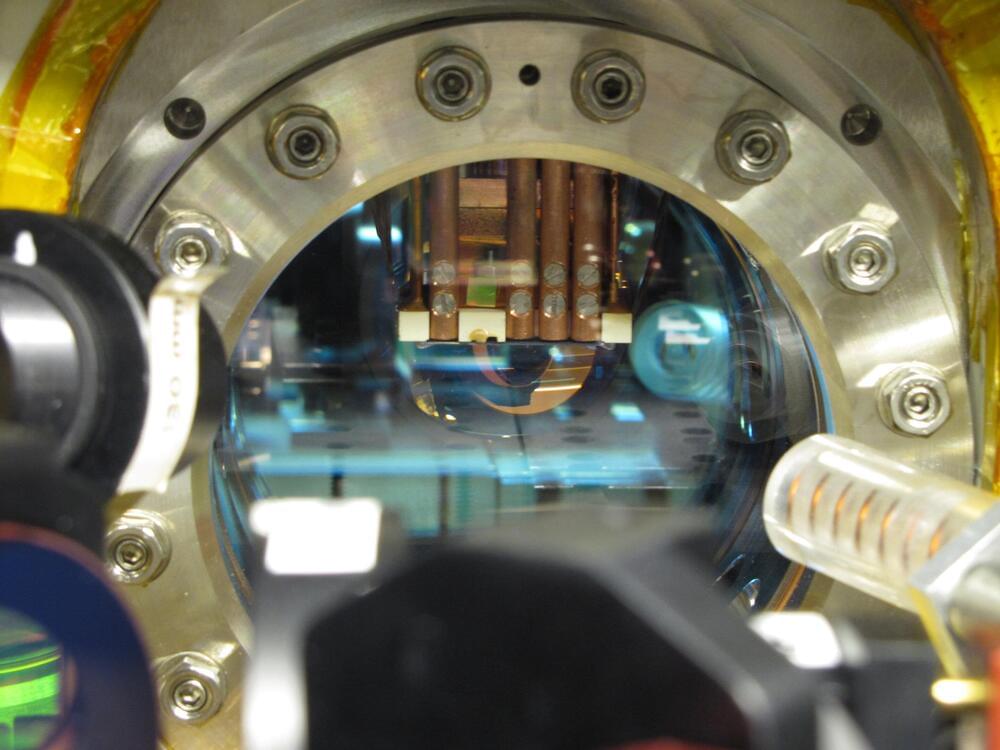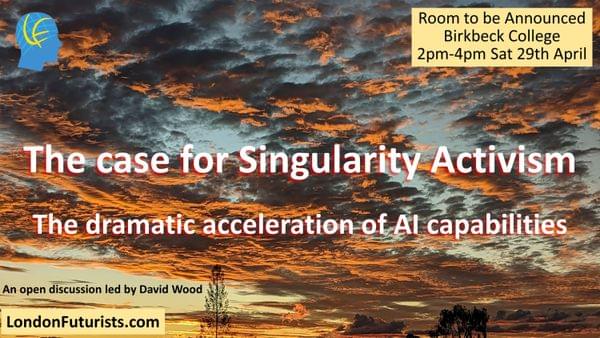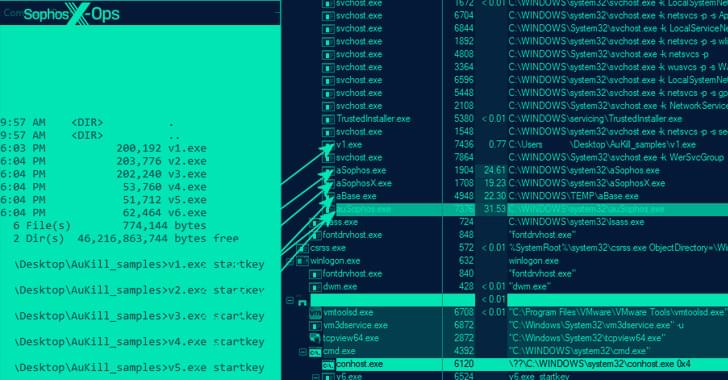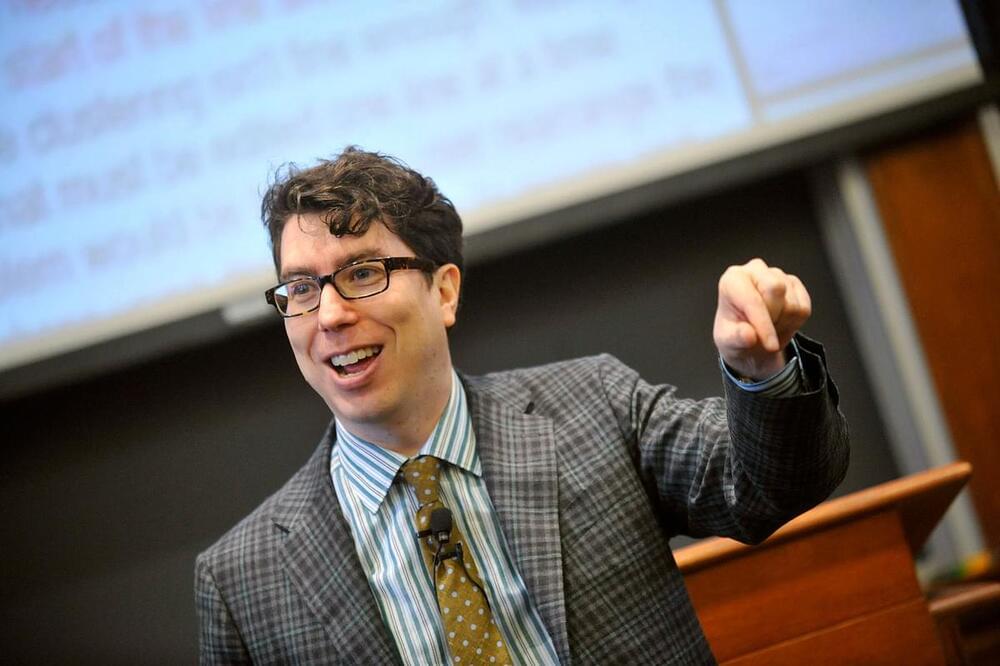Japan’s ispace aimed to make Hakuto-R the first privately funded lander to reach the moon. Reports show the landing has failed.




A team of physicists has illuminated certain properties of quantum systems by observing how their fluctuations spread over time. The research offers an intricate understanding of a complex phenomenon that is foundational to quantum computing—a method that can perform certain calculations significantly more efficiently than conventional computing.
“In an era of quantum computing it’s vital to generate a precise characterization of the systems we are building,” explains Dries Sels, an assistant professor in New York University’s Department of Physics and an author of the paper, which is published in the journal Nature Physics. “This work reconstructs the full state of a quantum liquid, consistent with the predictions of a quantum field theory—similar to those that describe the fundamental particles in our universe.”
Sels adds that the breakthrough offers promise for technological advancement.

Most exoplanets lying in the habitable zones around stars are in fact inhospitable to plant life as we know it. That is according to a new study from microbiologists and astronomers at the University of Georgia who say that taking into account the light a planet receives as well as its ability to hold liquid water is a better definition of whether life could exist on other planets.
The Habitable Zone (HZ) is traditionally defined to be the range of distances around a star where an exoplanet can support liquid water on its surface. Too far, and the planet remains frozen like Mars. Too close and the oceans evaporate, as happened to Venus. The zone in the middle is neither too hot, nor too cold, but just right – the so-called “Goldilocks zone”.
Nothing certain is known about the properties and requirements of alien life. However, there are generally two schools of thought in astrobiology. One is that evolution on other planets can figure out ways to sidestep seemingly insurmountable barriers to life as we know it, while others claim that life is everywhere bounded by the same universal physical principles, and can thus only operate a certain way, similar to as on Earth.


New AI systems released in 2023 demonstrate remarkable properties that have taken most observers by surprise. The potential both for positive AI outcomes and negative AI outcomes seems to have been accelerated. This leads to five responses:
1.) “Yawn” — AI has been overhyped before, and is being overhyped again now. Let’s keep our attention on more tangible issues.
2.) “Full speed ahead with more capabilities” — Let’s get to the wonderful positive outcomes of AI as soon as possible, sidestepping those small-minded would-be regulators who would stifle all the innovation out of the industry.

Play ransomware is notable for not only utilizing intermittent encryption to speed up the process, but also for the fact that it’s not operated on a ransomware-as-a-service (RaaS) model. Evidence gathered so far points to Balloonfly carrying out the ransomware attacks as well as developing the malware themselves.
Grixba and VSS Copying Tool are the latest in a long list of proprietary tools such as Exmatter, Exbyte, and PowerShell-based scripts that are used by ransomware actors to establish more control over their operations, while also adding extra layers of complexity to persist in compromised environments and evade detection.
Another technique increasingly adopted by financially-motivated groups is the use of the Go programming language to develop cross-platform malware and resist analysis and reverse engineering efforts.


A new “all-in-one” stealer malware named EvilExtractor (also spelled Evil Extractor) is being marketed for sale for other threat actors to steal data and files from Windows systems.
“It includes several modules that all work via an FTP service,” Fortinet FortiGuard Labs researcher Cara Lin said. “It also contains environment checking and Anti-VM functions. Its primary purpose seems to be to steal browser data and information from compromised endpoints and then upload it to the attacker’s FTP server.”
The network security company said it observed a surge in attacks spreading the malware in the wild in March 2023, with a majority of the victims located in Europe and the U.S. While marketed as an educational tool, EvilExtractor has been adopted by threat actors for use as an information stealer.

Type: departments.
careers.
Harvard.
Cybersecurity.
internet.
law.
Jonathan L. Zittrain wears many hats. An expert on the Internet, digital technology, law, and public policy, he regularly contributes to public discussions about what digital tech is doing to us and what we should do about it—most recently around the governance of AI and the incentives that shape major social media platforms.
He holds several roles, all at Harvard, reflecting his many converging interests. He is a professor of international law at Harvard Law School, a professor of public policy at its Kennedy School, and a professor of computer science at the university’s John A. Paulson School of Engineering and Applied Sciences. He’s also cofounder and faculty director of Harvard’s Berkman Klein Center for Internet & Society.
In his various capacities, he has been tackling many sticky cyberpolicy issues over the past 25 years.